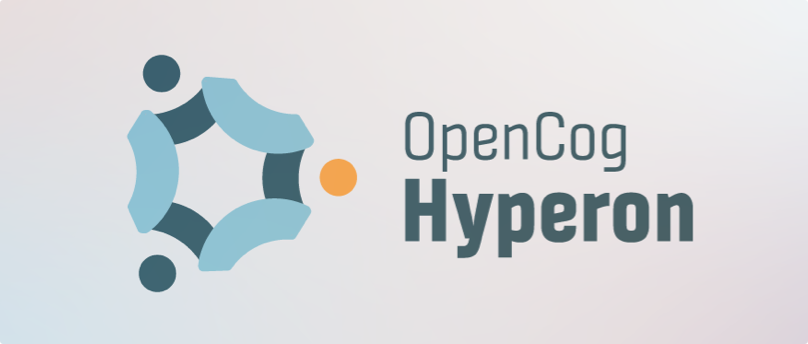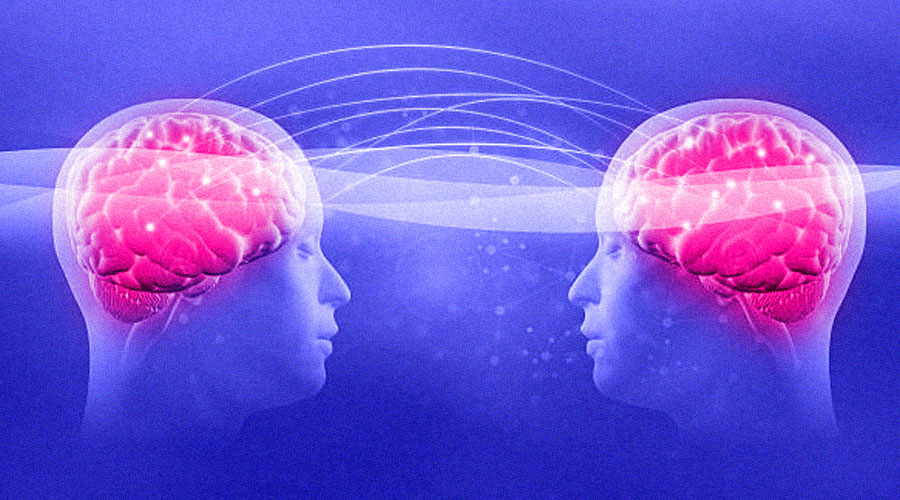Research Initiatives
The world-class AI research and development teams of SingularityNET are continuously expanding the boundaries of machine intelligence and capabilities, to serve human needs and solve human challenges. Innovations include pushing the boundary of collaborative AI process creation through AI-DSL, biomedical AI analysis tools, decentralization-enabling tools such as reputation, and most importantly the open source AGI framework system OpenCog Hyperon.
Artificial General Intelligence, AGI, otherwise known as strong or human-level AI, is humanities most important creation. The narrow AI tools and applications within SingularityNET’s research initiatives are designed to evolve and take advantage of neural-symbolic and other advanced AI breakthroughs, developing breakthroughs through AI systems with understanding, context, and self-modeling. These systems propel the advance of decentralized AGI – creating complex systems level solutions for an abundant future for all.
View Publications Click to enlarge
Click to enlarge





